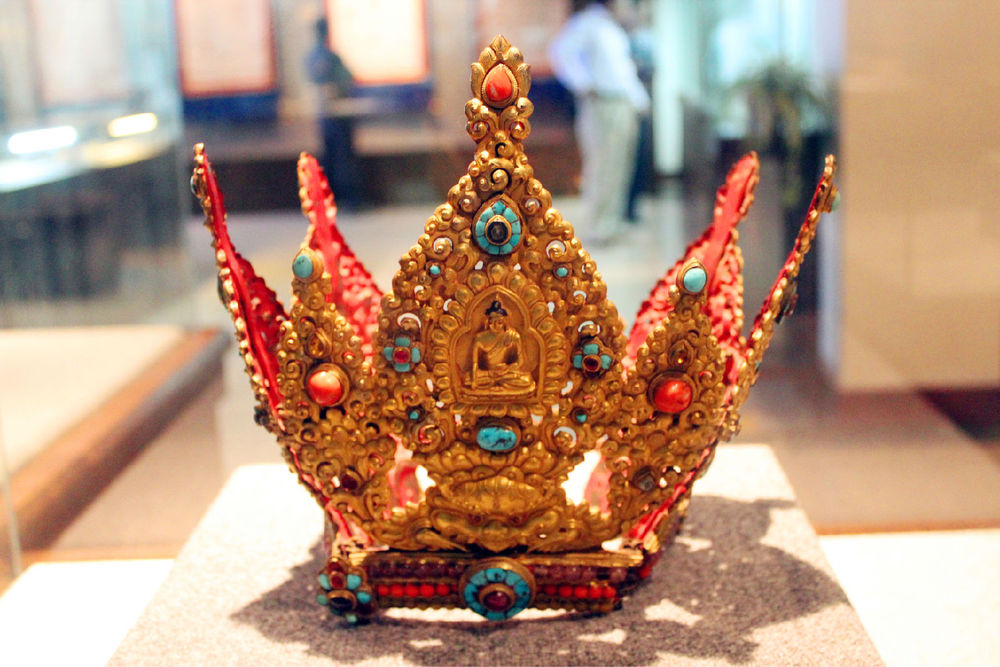Tibet Museum
- Address: 19 Luobulinka Rd, Chengguan,Lhasa, Tibet, China
- location of opposite of Norbulingka
- Opening Time 10:00~17:30
- Closing Time:Monday
- Offical Website: www.57tibet.com
- Phone: +86 891 683 5244
- Exhibtion area: 10451 km2
- Total area: 23508 km2
- Admission FeeFree
- Optional Audio Tour Guide:30 RMB/per
- Chinese name:西藏博物馆
- Category: Comprehensive History Museum
- Commissioning time: October 1, 1999
- Location: 拉萨市罗布林卡东南角
- Completion time: May 31, 1999
- Collection of fine works: Bayeux, birch bark script, Dalai Lama seal, thangka, etc.
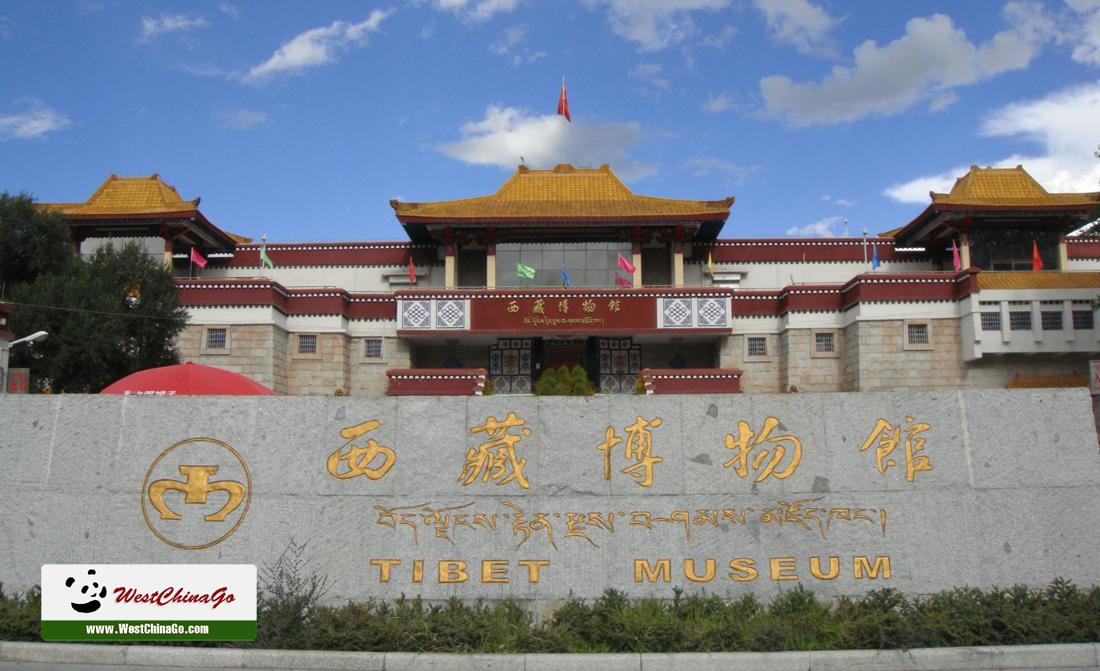
Tibet Museum
The Tibet Museum is located across the road to the east of Norbulingka, Lhasa. It is the first museum with modern functions in Tibet. There are many precious cultural relics in the museum, showing the splendid culture and long history of the unique charm of the Tibetan people.
Layout
The museum is divided into three floors, the first floor is a tourist souvenir shop, the second floor is an exhibition of Tibetan history, and the third floor is special exhibitions and temporary exhibitions such as Thangka, animals and plants, and jade. The exhibition hall of the museum is composed of four parts: prehistoric culture, indivisible history, culture and art, and folk culture.
collection of treasures
Each exhibition hall displays a rich collection of treasures, such as statues of Buddhas and Bodhisattvas in various textures and shapes, Tibetan classics dipped in gold powder, silver powder, coral powder, etc. Jade sticks used during ceremonies, colorful thangkas, various musical instruments and ritual instruments, handicrafts with distinctive ethnic characteristics, pottery with unique styles, etc., from Tibet’s history, culture, art, religion, folk customs, etc On the one hand, it intuitively shows the splendid culture and long history of the unique charm of the Tibetan nation to the audience.
Prehistoric Culture Exhibition Hall
It displays the Paleolithic tools such as stone flakes and stone cores unearthed in the early days of daily life in northern Tibet, as well as the stone adzes, stone axes, stone chisels unearthed in Qamdo, and stone clusters, bone cones, bone needles and various stone clusters from the late Neolithic Age. A variety of red pottery, gray pottery, and black pottery utensils completely reproduce the representative ages before Tibet entered a civilized society: the Paleolithic Age, the Neolithic Age, the Bronze Age and the Iron Age. The inseparable history exhibition hall intuitively reveals that Tibet has been an inseparable and important part of China since ancient times through some precious historical materials. The two exhibition halls of culture and art and folk culture vividly display the long history and splendid culture of Tibet to the audience with exquisite Buddha statues, thangkas, pottery, scriptures and other precious cultural relics.
Golden seal of the fifth generation
Not to be missed in all the collections is the Golden Seal of the Fifth Dynasty. At that time, Ngawang Luosang Gyatso went to Beijing for a pilgrimage in order to obtain the support of the central government of the Qing Dynasty. Shunzhi conferred the title on the fifth Ngawang Luosang Gyatso and gave it to him. The golden seal is made of pure gold and weighs 8.5 kilograms. The printed characters are Chinese, Tibetan, Manchu and Mongolian. In addition, there is also a Thangka that is said to be a “Witch Picture” drawn by Princess Wencheng about the topography of Tibetan areas. In the picture, a witch is lying on her back, and temples are built on twelve important parts of the body, including the joints and the heart, and the Jokhang Temple is located at the heart of the witch, which has a profound meaning.
There are audio guides in the museum, which can be rented free of charge at the gate. Entering the exhibition hall, in front of different exhibits, you can hear explanations of the exhibits in four languages: Tibetan, Chinese, Japanese, and English. For the protection of cultural relics, the museum stipulates that photography is not allowed in the exhibition hall, please follow the regulations.
Tibet Museum Video
Tibet Museum Photo
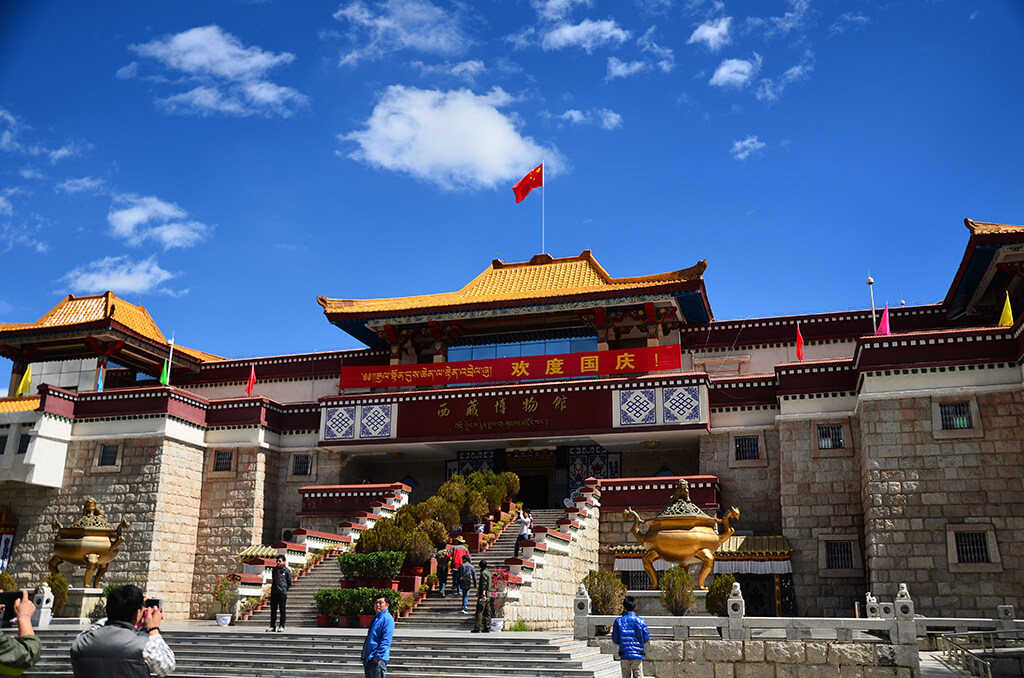
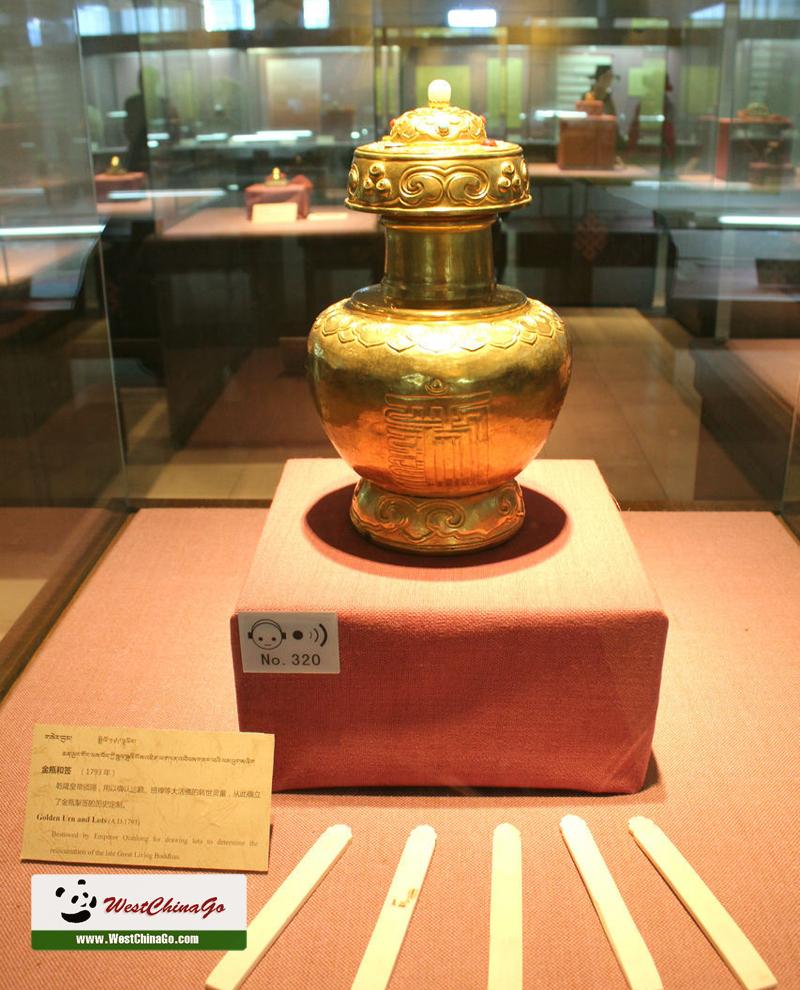
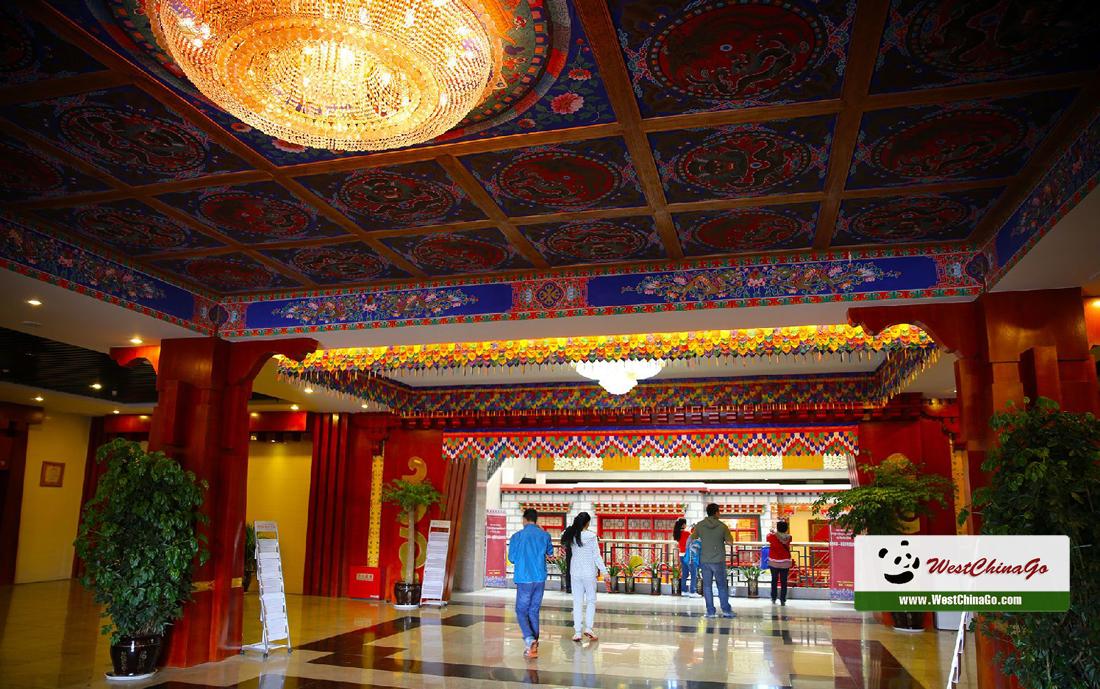
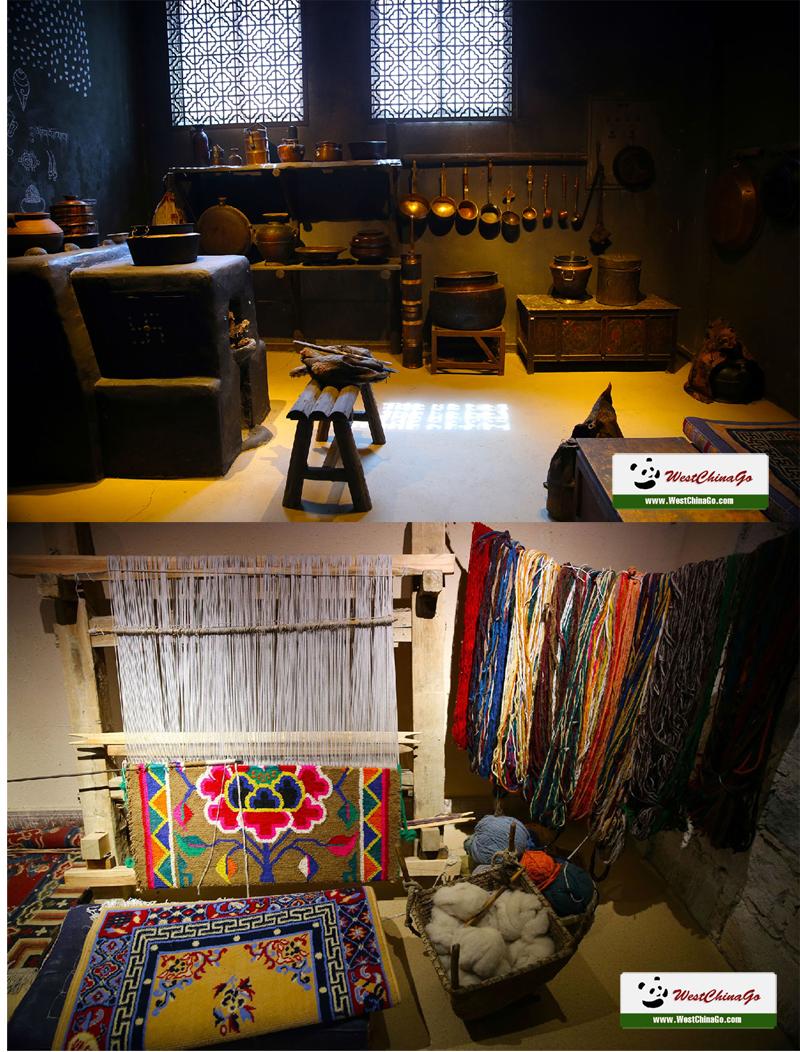
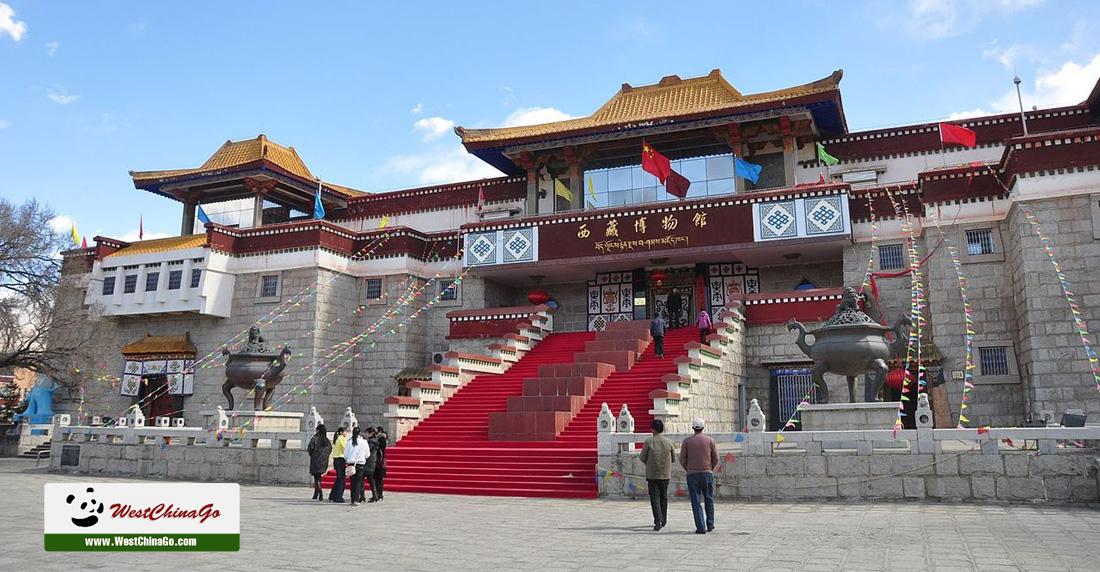
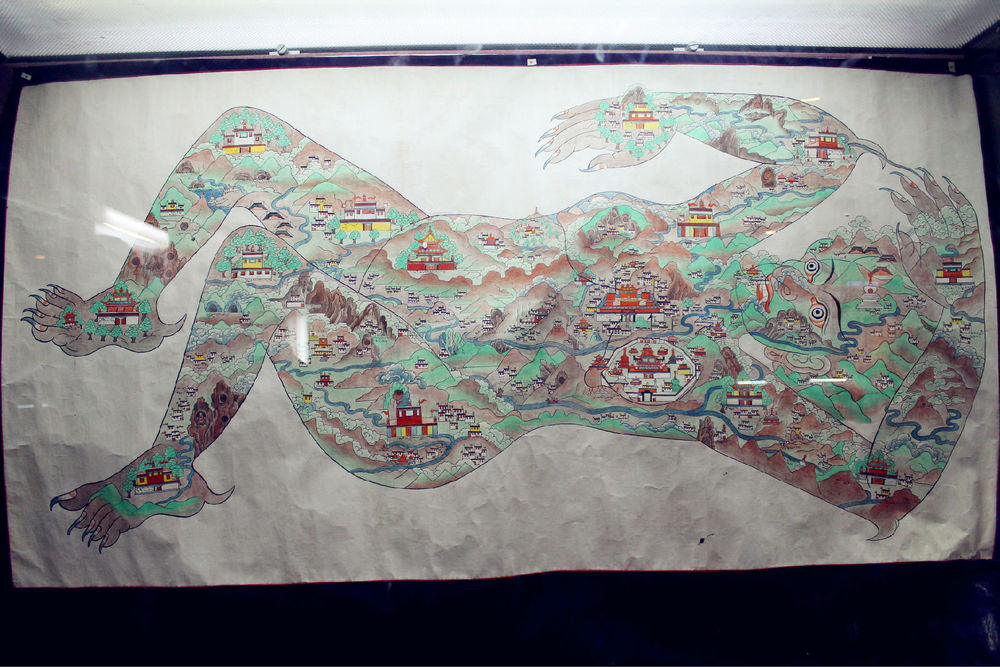
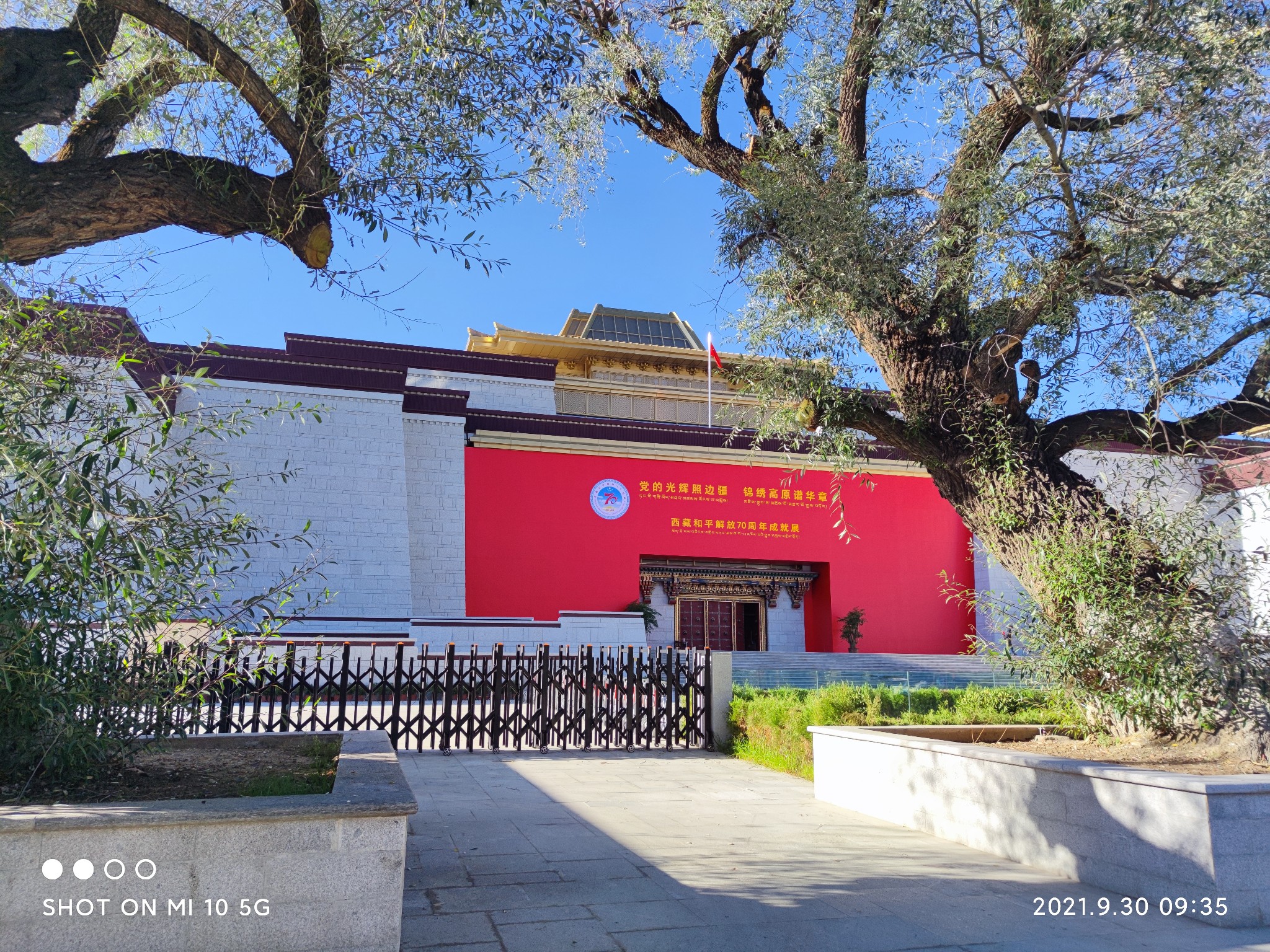
Tibet Museum Tourist Map
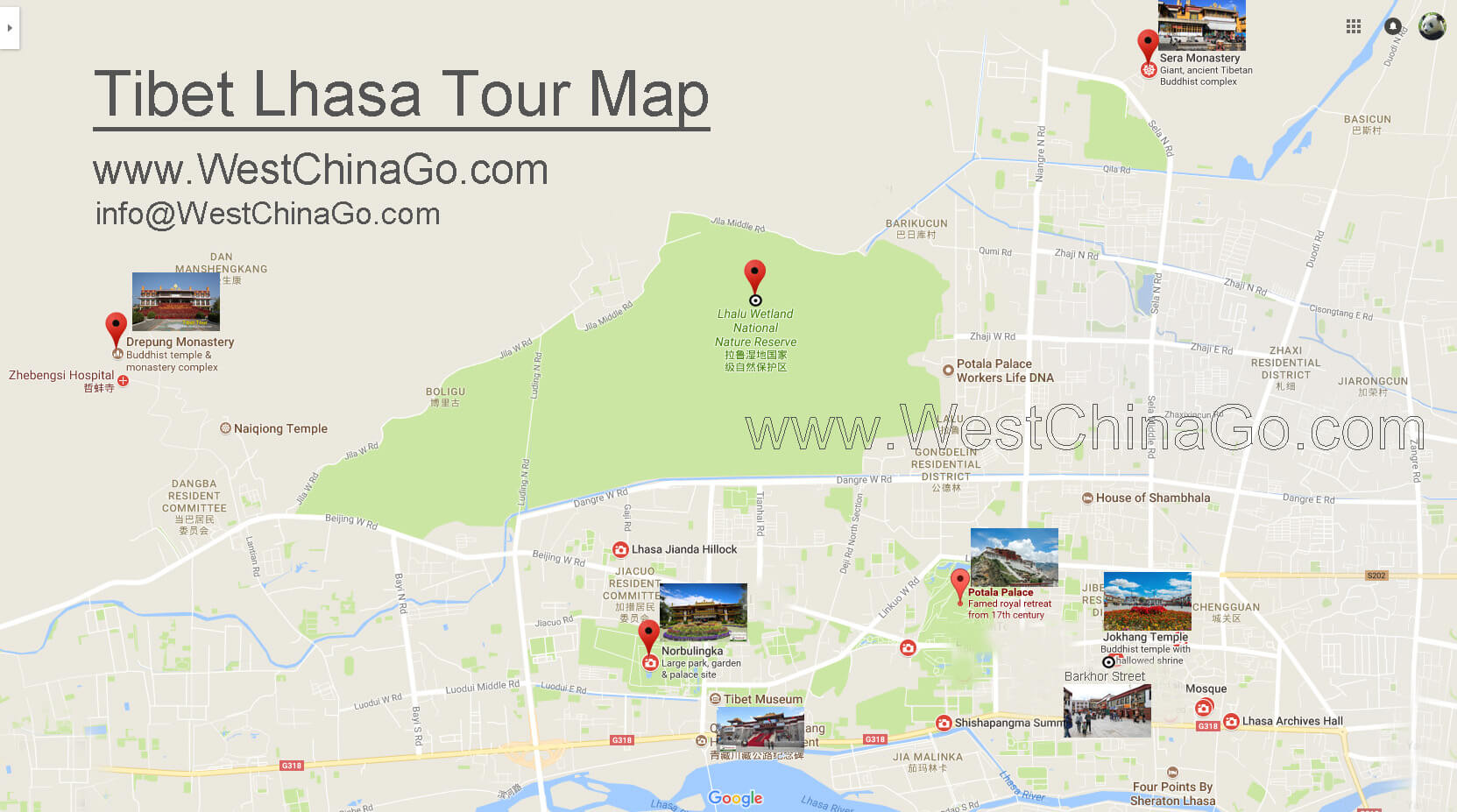
Tibet Museum Travel Guide
